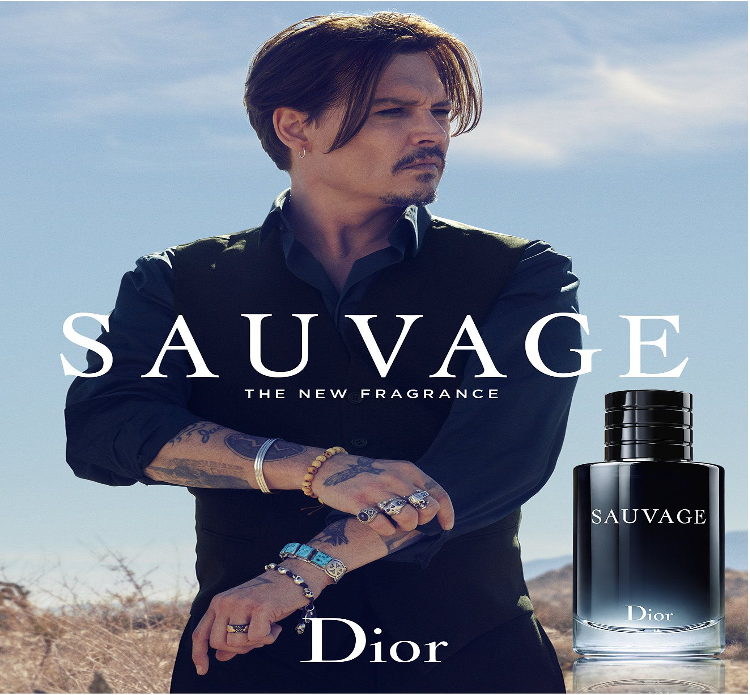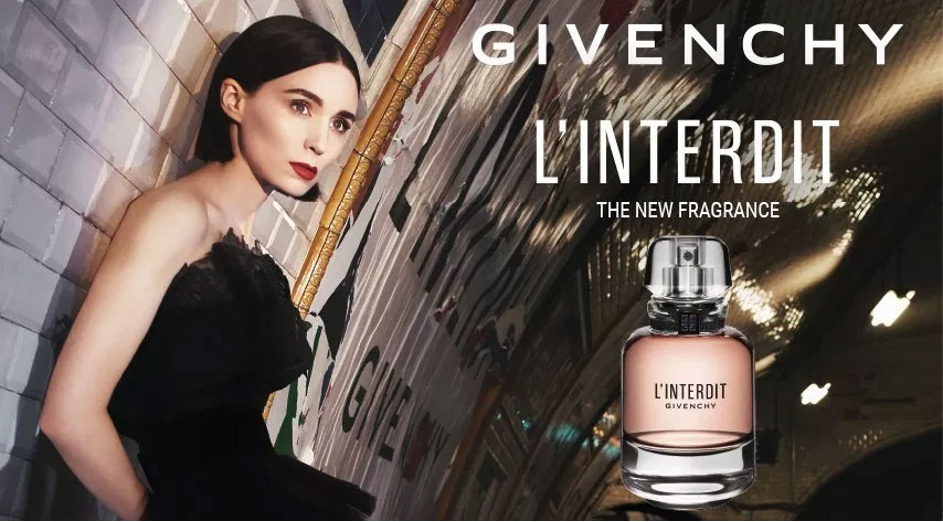Even though modern American society is officially equal for men and women, gender inequalities still exist. The spread of inequalities results from imposing traditional gender roles on people, which is an integral part of socialization. It is possible to find numerous examples of promoting gender roles in American popular culture, including advertisements. They form the cultural background that determines their behavior and perception of others that individuals have. The depiction of stereotypical male and female gender roles in advertisements enhances sexism. In addition, it contributes to the popularization of traditional gender roles that people adopt.
The first print advertisement representing the traditional gender role is the recent campaign for Dior’s fragrance. The perfume for men, Dior Sauvage, was released in 2019, and an advertising campaign supported it with Johnny Depp (Singh). The actor is represented in the image of the typical “bad guy,” and the perfume is supposed to emphasize these character traits. The impression this advertising creates is a strong man with a wild, independent character who does not need society and can live outside of it. He is alone in the wilderness, and he does not show any signs of panic or uncertainty. This advertisement represents a powerful man who is not afraid to oppose others and search for freedom, which signifies his inner strength.
This image corresponds to the traditional male gender role because it shows the man as a strong personality who can rebel against society. Being a rebel and showing wild character traits is the expected norm of the male gender role. It is possible to regard it as part of toxic masculinity that promotes the image of the man who has no weaknesses and whose aggression is justified by gender. For example, boys are free to show aggression and behave violently in the traditional culture because these qualities are the acceptable norm for males. The same behavior of girls is usually punished because females should be more submissive according to the traditional gender role perspective (Conerly, Holmes, Tamang 342). In other words, the image of the rebel and “bad guy” are proper gender expressions for males in the contemporary culture that corresponds to the gender role.
The campaign of the women’s perfume also features traditional gender role representation. For example, Givenchy published the advertisement for the perfume L’Interdit in 2018, and it also represents the conventional feminine image (“Givenchy L’Interdit – perfume for women”). Traditional society expects the woman to be good-looking, dressed up, and fragile, and the woman in the advertisement corresponds to all these expectations. The peculiar detail is that the perfume by Givenchy depicts the revolt of the woman against social norms, expressed in the contrast between her evening dress and the underground. She does not belong to this place, but it does not make this woman return to the supposedly attended party before escaping. At the same time, her posture and looks show that she does not feel independent and robust after making this decision. In this advertisement, the woman looks insecure and sad, which correlates with the representation of traditional female gender roles and enhances sexism (Conerly, Holmes, Tamang 343). This woman tried to act like the typical male, but the image shows that she is unsure about her successful empowerment, which enhances gender role stereotypes and sexism even more.
There is an objective rationale for these depictions of traditional masculinity and femininity images. The representation of gender stereotypes in advertisements allows people to understand the message quickly. For instance, people understand the target audience of the promoted product based on the image of the person who consumes it. This perception can be general, like categorizing the product for males or females. It can also be more detailed and narrow, like the product for males or females from a particular social group or age. These marketing strategies suppose gender stereotyping makes the advertisement more focused on the target audience. Therefore, it will attract more customers who will buy this product because it represents themselves and corresponds to their lifestyle, which is also part of the stereotypical gender representation.
At the same time, stereotyping imposes harsh restrictions on gender behavior and image because they use general and simplified ideas connected with gender role representation. As they discussed advertisements show, the man should be the independent searcher of freedom who is not afraid to oppose society with its norms. A woman, in her turn, should be the fragile, conventionally beautiful whose revolt against society is relatively moderate. It harms men and women: males might feel less wild than traditional masculinity norms, and females see the message that their revolt against gender norms is insignificant.
In both cases, stereotypical representation of gender roles sends oversimplified messages about femininity and masculinity, limiting the possible self-expression of men and women. The advertising of perfumes released by Givenchy and Dior enhances traditional gender roles, leading to sexism and imposing restrictions on male and female behavior. Thus, depicting the expected male and female gender roles harms both men and women.


Works Cited
“Givenchy L’Interdit – Perfume for Women.” The Perfume Girl, 2018.
Conerly, Tonja R., Holmes, Kathleen, Tamang, Asha L. Introduction to Sociology. Rice University, 2021.
Singh, Maanvi. “Dior Perfume Ad Featuring Johnny Depp Criticized Over Native American Tropes.” The Guardian, 2019.